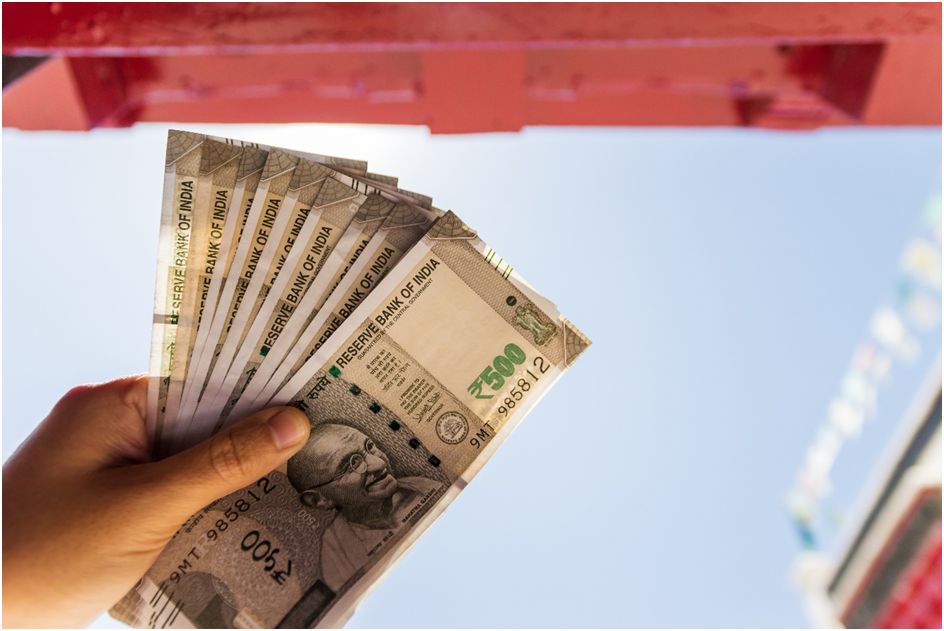Planning your taxes and filing income tax returns every year is of utmost importance, as that can help you budget your expenses and save for the future. While there are many tax saving investments to help you achieve your financial goals, you can also diversify your savings and investment portfolio by investing in these instruments.

Here are some of the ways you can try to save tax on the income you earn every year:
- Parking money in different tax saving investments
- Get rent deduction
- Get deduction of EMI paid towards home loan
- Contribute towards various NGOs and charities
- Get a deduction on your insurance premiums
The abovementioned options are just few ways taxpayer can save tax on their yearly earnings and plan finances better with the help of deductions under various sections like 80C, 80D, 80DD, 80 TTA, 80 GG, and many more. Let us deep dive into the multiple ways a taxpayer can save taxes by using instruments available under sections 80C and 80D.
A. Tax Saving Investments Under Section 80C
This section allows deduction in the form of investments made in insurance plans, EPF (Employee Provident Fund), PPF (Public Provident Fund), ELSS, ULIPs, Home loan payment (principal amount), NSC, and many other such options.
1. Life Insurance
There are many tax benefits of term insurance policies for the policyholder apart from the life cover that it offers to the beneficiaries of the life insured. Under section 80C, they can enjoy deductions of the premium paid towards the insurance policy, up to Rs. 1,50,000 yearly.
2. ELSS
Equity Linked Savings schemes are funds that not only offer tax saving investments option but also good returns on investments, thereby helping you with your wealth creation goals too. The money parked under these schemes is under a lock-in period of 3 years, post which the invested amount is tax-free.
3. ULIP
If you are looking for an instrument that can help you invest in wealth creation and offer an insurance cover, then a Unit Linked Insurance plan is a win-win product. Section 80C allows you to save up to Rs. 1,50,000 annually by investment towards a ULIP plan.
4. NPS
Alternatively, if you want to start planning your retirement in advance, then you can start putting money aside in the National Pension Scheme. This investment is not only towards creating your retirement corpus, but the amount you invest in this scheme is also tax-free, enabling good tax savings.
If you ever need to make an early exit from your NPS corpus, then you are allowed to make a premature withdrawal of 20% of your corpus, while the remaining 80% can be towards buying an annuity.
5. PPF
Account holders are allowed to invest maximum Rs. 1,50,000 every year under the Public Provident Fund, which is not only amongst the most traditional tax saving investments but also a popular scheme that could offer decent returns.

There are many such options under section 80C to help save taxes. You can make a diversified portfolio by using one or more of these instruments and striking the right balance between tax savinginvestment and wealth creation.
B. Tax Saving Investments Under Section 80D
The tax deductions claimed by any taxpayer under section 80D are over and above claims made under section 80C. Hence, taxpayers can claim more deductions by making the most of the instruments exempted under this section.
Under this section, a tax deduction of up to Rs. 25,000/- is allowed, and for senior citizens, the deduction is raised up to Rs. 50,000/- in every financial year. Check out the current deductions available for an individual taxpayer:
- Medical insurances payments/premiums that are paid towards self, spouse, dependent parents, or children in any mode of payment besides cash payment.
- Expenditure towards preventive and/or routinely done health check-ups
- Medical expenditure incurred by a taxpayer towards treatment or medicare of senior citizen not covered under any health plan or insurance policy.
- Any contribution made towards a government health scheme
Which Are the Other Options Apart from 80C And 80D To Save Further Tax?
Apart from sections 80C and 80D, you can also save tax under section 80DD, which offers deduction for HUF or to a resident individual towards a disabled dependent. For example, expenditure towards medical treatment, operation, and procedures, etc., of a disabled/handicapped dependent is covered in this section.
Also Read: Can Tax Debt be Negotiated?
A certificate of disability is mandatory for the taxpayer to claim this deduction while filing for taxes. Similarly, you can avail deduction for medical expenses incurred towards a dependent with a physical disability under section 80U and avail of a deduction for donations made towards a social cause or NGO under section 80G.
It is essential for every taxpayer to know the deductions available under various sections of the Income Tax Act. By making the use of an income tax calculator, you can calculate your taxable amount for the financial year and select tax saving investments accordingly.
Chris Mcdonald has been the lead news writer at complete connection. His passion for helping people in all aspects of online marketing flows through in the expert industry coverage he provides. Chris is also an author of tech blog Area19delegate. He likes spending his time with family, studying martial arts and plucking fat bass guitar strings.